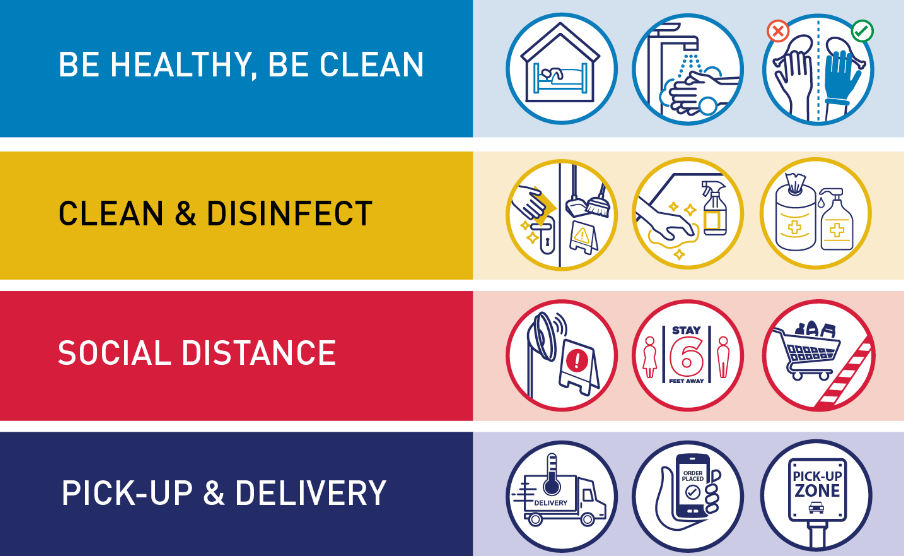Today, Sick Building Syndrome is a reality, which can be quite expensive. In this article, we are going to take a look at the causes and impact of sick building syndrome. Apart from this, we will spell out why international leaders and entrepreneurs are taking this problem so seriously. Read on to find out more.
What is Sick Building Syndrome?
In simple words, Sick Building Syndrome is a situation that makes people experience serious health issues due to spending a lot of time in a building. There is a difference between building-related illness and BRI. In the case of BRI, all of the symptoms are considered and the illnesses are diagnosable. Typically, BRI is associated with certain contaminants.
On the other hand, sick building syndrome cannot be associated with any specific illness. After all, it does not seem to have many causes. If you have the following symptoms, chances are that you have this syndrome.
You may experience symptoms such as dry cough, concentration problems, throat irritation, headaches, and unexplained fatigue despite the fact that you are apparently healthy.
You may feel better when you get out of the building
You are unable to identify other causes
Sick Building Syndrome vs Perception
Since there is no specific cause of the syndrome, some people think that the symptoms are psychological only. However, according to many studies, there is a link between poor indoor air quality and the symptoms given above.
Generally, in an air-conditioned building, residents can have these symptoms more than those who live in a properly ventilated building.
The Economic Cost
Regardless of the causes of sick building syndrome, it is important to keep in mind that this phenomenon is real and can cost a great deal of money. Apart from this, it has become a real challenge for human resource managers as they are finding it difficult to reduce employee absenteeism.
According to another research study, building-related symptoms have caused a productivity loss of at least $20 billion per year for the US alone.
Causes of Sick Building Syndrome
According to EPA, given below are some of the common factors that are associated with sick building syndrome:
Poor ventilation: If there is not enough ventilation, your indoor air quality will continue to get worse.
Chemical contaminants: Both indoor and outdoor pollution may cause you to experience this syndrome. These contaminants may come from vehicle exhausts, pesticides, carpeting, and adhesives, just to name a few.
Biological contaminants: Some of the most common examples of biological contaminants include viruses, pollen, mold, and bacteria, just to name a few.
Long story short, if you want to stay away from this syndrome, and looking for an easy way out, then you should go for a good quality indoor air purifier. The best thing about the devices is that they are inexpensive, portable, and offer great functionality when it comes to air purification. So, you can choose a good brand and purchase a number of these units for your home or office.
